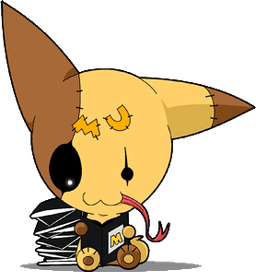
Born in Nagasaki in 1947, as a child, Ebisu drew manga under the influence of Osamu Tezuka, and Mitsuteru Yokoyama's Tetsujin 28 Go (known, in its animated form to English audiences as Gigantor). In the late fifties, Ebisu discovered the newly emerging gekiga and was immediately smitten. "My preference changed," he remembers, "from gigantic robots to realistic stories about people." And yet he credits American action movies, especially John Wayne's "The Alamo", with giving him a taste for inventing ever more unique and grizzly methods for killing people. Ebisu's work first appeared in Garo in 1973, at the tail end of underground manga's first golden age, and his darkly menacing, surreal comedies have been a mainstay ever since. Though revered by younger artists and manga fans alike, in the past seven years Ebisu has become more widely known as a television star. Though his ingratiatingly comic character is instantly recognize on the streets of Japan (he is affectionately known as "Warau Akuma" ("The Laughing Devil")), ironically the fans of his TV personality are largely unaware of his celebrated contributions to the art of manga.




